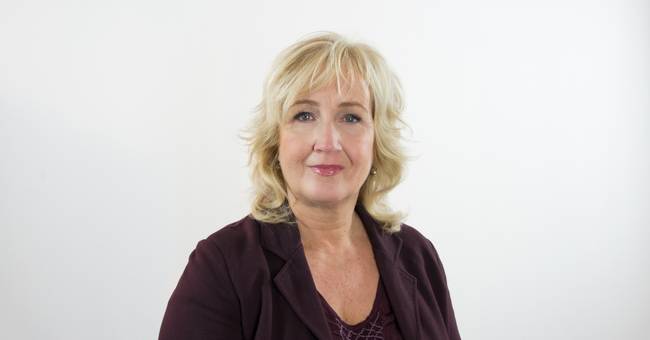It is not in Glasgow that the planet will be saved from global warming.
But there is much to suggest that important steps can be taken along the way.
The agenda is admittedly quite dry and boring - the so-called rulebook from Paris must be filled with legal content.
Climate justice is central, the promised climate assistance must increase to help vulnerable, poor countries adapt and deal with the consequences of extreme weather.
The rich countries must open their wallets.
So far, the promise to give 100 billion a year from 2020 has been betrayed.
But wait.
Were there no reports last week that all curves were pointing in the wrong direction?
Yes that is correct.
The promises of emission reductions that have been received so far are not enough to keep warming around 1.5 degrees.
According to a report from the UN's environmental program Unep, we are on the way to 2.7 degrees warming based on the promises on the table.
But it is also important to focus on what is changing, what is de facto increasing the pressure and energy in the global climate negotiations.
After watching global climate negotiations for decades, I have compiled seven points on what is actually different today than when the Heads of State and Government last met.
1. 145 countries have made updated climate promises.
Despite geopolitical tensions, the largest, most complex negotiations the world has ever witnessed are still ongoing.
Large emitters such as Australia and China, Russia and Saudi Arabia have come up with climate promises a little unexpectedly in the past month.
Even if they are insufficient, they are in the negotiations.
Should Glasgow agree on increased amounts for climate finance, it is not impossible that India will also join the train.
2. The United States is back.
After President Trump took the United States out of the Paris Agreement, the country's new president Joe Biden has ensured that the United States rejoined and promised to contribute new money to climate finance.
He has appointed former Secretary of State John Kerry as Special Envoy for Climate Change.
Kerry is considered perhaps the world's most experienced and skilled climate diplomat.
3. Nowadays, countries basically agree on how to measure and report their emissions.
That was not the case before.
There is greater transparency.
Then there are uncertainties in some countries' statistics because they have poorer resources to measure and track their emission sources.
4. China and the United States are competing to take the lead in the green transition.
Although they have icy relations with each other on other political issues right now, they have also declared that in the climate area they intend to cooperate on technical solutions.
Despite China's energy shortages, President Xi Jinping has not backed down from his new environmental requirements, which limit the amount of coal the factories can use.
The threat from the EU and the US to impose carbon dioxide tariffs is expected to accelerate China's transition to renewable energy sources.
5. In the past, the climate crisis was seen as a threat only to poor countries in the south.
Now it is a reality that every human being on the planet senses on just the skin.
The green transition costs money, but every tenth degree of heat increase of the planet also costs enormous amounts when extreme weather causes fires, floods and droughts.
6. Solar and wind energy have plummeted in a way no one could have predicted and are cheaper than both oil and coal.
It has aroused the interest of, among others, several leaders for African countries.
7. More and more companies are setting emission limits within the framework of science.
To date, 20 percent of the 4,200 largest companies in the G20 countries have set up such guidelines.
Never before has the business community's interest in the global climate negotiations been greater than in Glasgow.
The next few days will be exciting, as it will be seen if China and India come with surprises.
President Xi Jinping speaks via link and Prime Minister Modi is in place.
But what of course determines the success of the meeting is pure mathematics.
How much money is paid out from rich north to poor south?
How many countries promise net zero by 2050 and ambitious milestones by 2030?
We will know in two weeks.

